Updated: June – 2019
I wanted to see the Lamas dance ever since I saw a documentary on NatGeo, I don’t even remember the name of. My childhood dream came true in the form of Hemis Festival. And what better setting for a wanderer’s childhood dream to come true than Ladakh!
A lot has been said about the beauty of Ladakh; it will never be enough. The high mountains, breathtaking landscapes, lakes, and hot-springs make Ladakh a fairyland. Even more beautiful and incredible is its cultural and spiritual heritage. Ladakh is famous for its well-preserved monasteries, tantric traditions, and lively religious life. It takes you deep inside its history and mysticism.
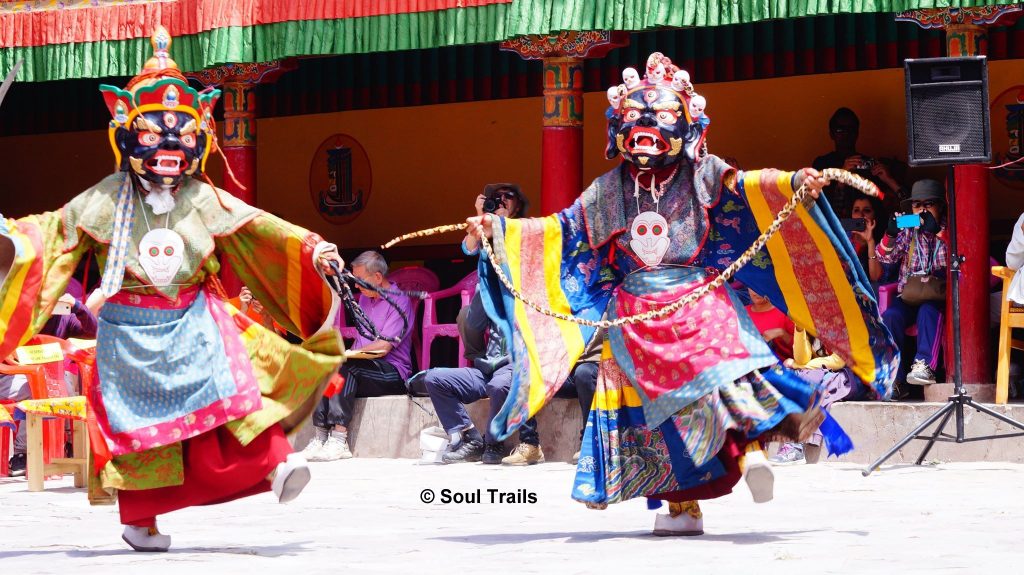
There is no better way to understand the people and culture of a region other than its festivals. Many monasteries celebrate annual festivals according to the Tibetan lunar calendar. These festivals involve sacred tantric dances performed by lamas bringing down the blessings of Buddhas, Dakas, Dakinis and protector deities. I was amazed to see that not only the people from Ladakh but also a huge chunk of international tourists gathered to witness such fiesta.
Hemis Monastery – The History of A Colourful Extravaganza!
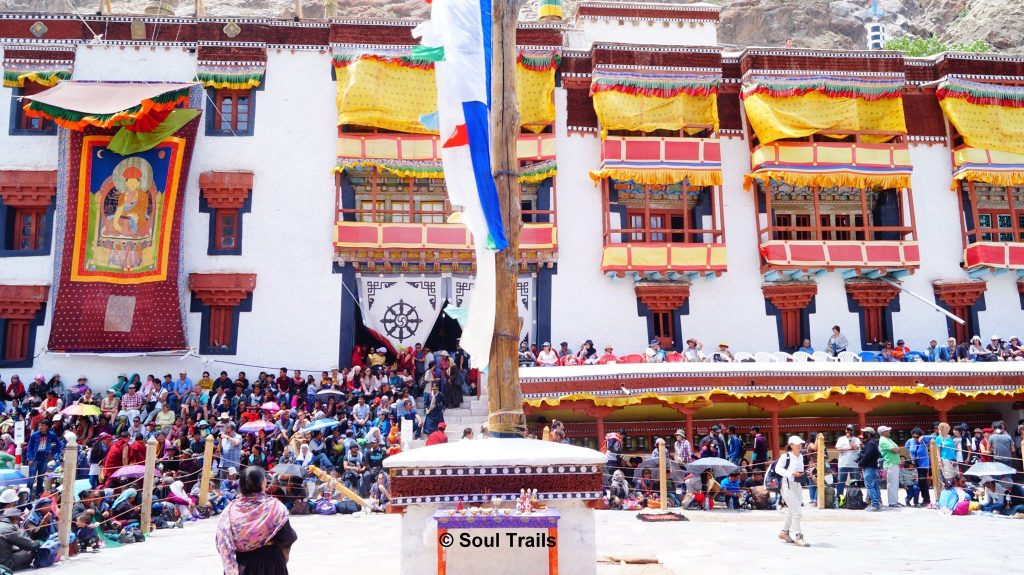
Hemis Monastery is located 43 km south-west of Leh, on the left side of the Indus River. Hemis belongs to the Drukpa or Dragon lineage of Tibetan Buddhism.
The monastery holds a three-day festival to celebrate Guru Padmasambhava’s birth anniversary. Its key day occurs on the Tibetan Monkey Year on the 10th lunar day of the 5th Monkey lunar month. This is the birthday of Guru Padmasambhava, known as Guru Rinpoche, the “Precious Teacher” to the people of Himalayas. Guru Rinpoche came as an emanation of all the Buddhas. In this regard, he is kinder than other Buddhas. He introduced the teachings of Tantric Buddhism. Guru Padmasambhava is worshiped as a savior who banished demons and evil spirits.
The Hemis Festival – Music, Magic & Masked Dances
The festival at Hemis is observed yearly on the 9th, 10th and 11th lunar days of the 5th month (June/July) for three days.
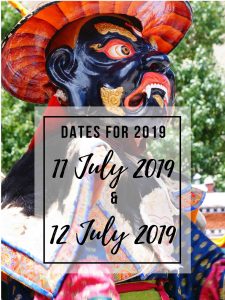
On the 9th day, monks put a colourful cloth on the balconies windows and doors. Precious thanka-images and the hanging silken scarves lattices and rich pillar brocades are also put in the assembly halls.
The main celebration happens on the 10th & 11th day. The monks get up early in the morning. They come on the monastery roof with trumpets, gyaling (ritual clarinets), drums and bells. Other monks bring burning incense sticks and other aromatic herbs. With the resounding music of these instruments and in the midst of whirling sweet fragrance, Guru Padmasambhava is introduced. The Head Lama then brings out the portrait of Guru Padmasambhava into the monastery courtyard for everyone to seek blessing. Thereafter, the monks assemble at about 10 a.m and the program of ritual dances begins. Lamas (Chhams) put on splendid masks depicting various guardian divinities. Through dance, they enact the life and feats of Guru Padmasambhava which portrays the triumph of good over evil. Beats, music and the retelling of ancient mythological stories through tantric dances teleports the viewers into a mystic realm.
The locals believe that those who attend will have a longer life, acquire merit, wealth and happiness.
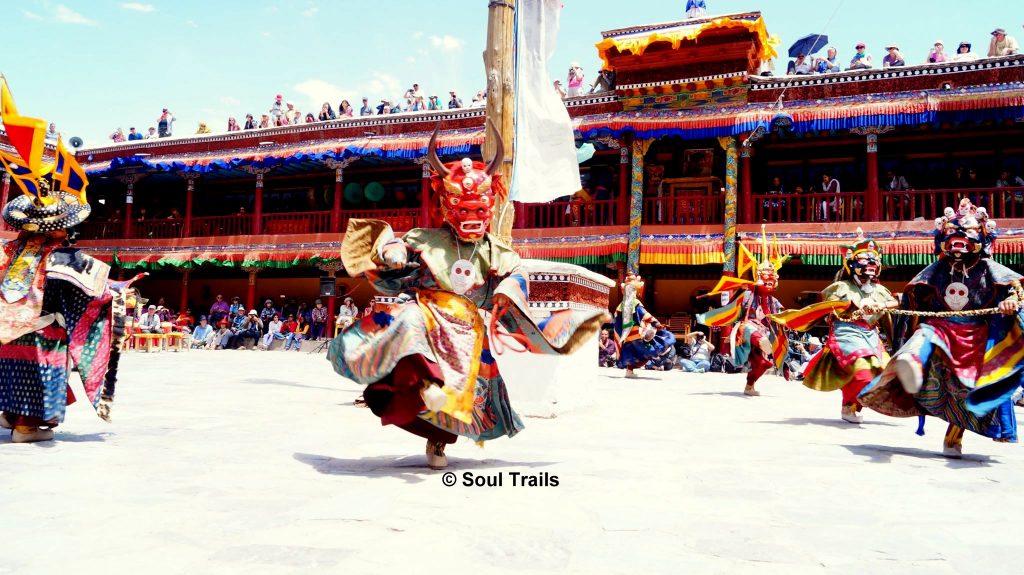
It’s More Special Every 12 Years!
Hemis Festival is more auspicious on the Monkey year of Tibetan calendar, once every 12 years. On Monkey years, the four storeys high Thanka of Guru Padmasambhava is exhibited in the courtyard of Hemis. The thanka is considered to be the most sacred object granting extraordinary blessings. It is a marvelous image, a patched work of the finest Chinese silk in various colours embroidered with semi-precious stones.
The next Hemis festival of the Monkey year will fall in the year 2028. On this occasion, the great thanka and many other outstanding images will be displayed. The robes of the dancers will also be different from those usually put on in the annual festival.
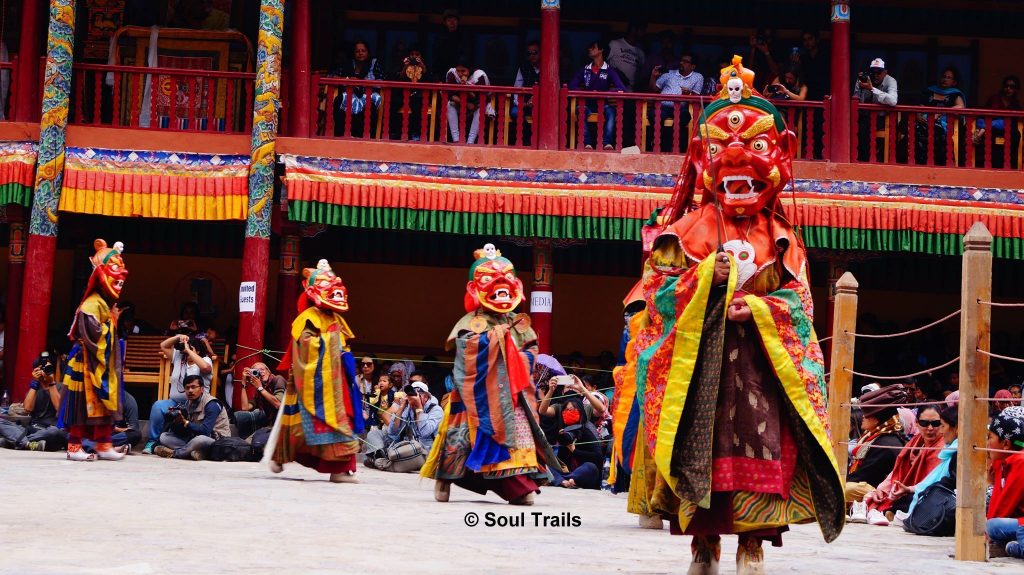
Souvenirs, Food & Fare
Apart from the festival inside the monastery, there is a big fare outside as well. Numerous shopping stalls are set up outside the monastery selling wares – souvenirs, gift items and traditional items such as garbs, hats, masks, good-luck charms etc. Antique objects and handicrafts, jewelry and hand-woven traditional dresses are the main attractions of these stalls.
There are stalls selling lip-smacking local cuisine like momo, thupka and a variety of rice and noodles as well.
Things to keep in mind
I noticed many monks waiting at the stairs with donation slips. Often people confuse and pay donation considering the slip is the entry ticket to the monastery; it is not the case. The donations are just a good-will gesture.
At the monastery gate, you have to buy a ticket. For Indian nationals, it is INR 50 and for foreign nationals, it is INR 300 (comes with a seat on the roof surrounding the courtyard). Anyone who wishes to have a seat on the roof can buy the INR 300 ticket. Both the tickets grants you access you monastery, shrines & the museum.
Please don’t forget to carry water and sun-glasses/caps.
Try and reach to the monastery early for better seats (especially for photography enthusiasts).
Planning a trip to Leh? Here is all that you need to know about the most adventurous bus ride of India – The Delhi-Leh Bus!
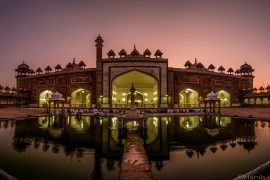
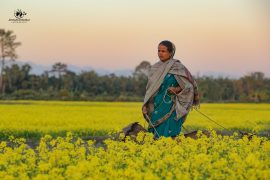
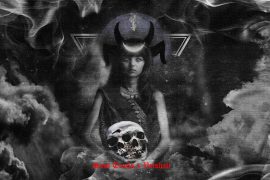
Comments are closed.